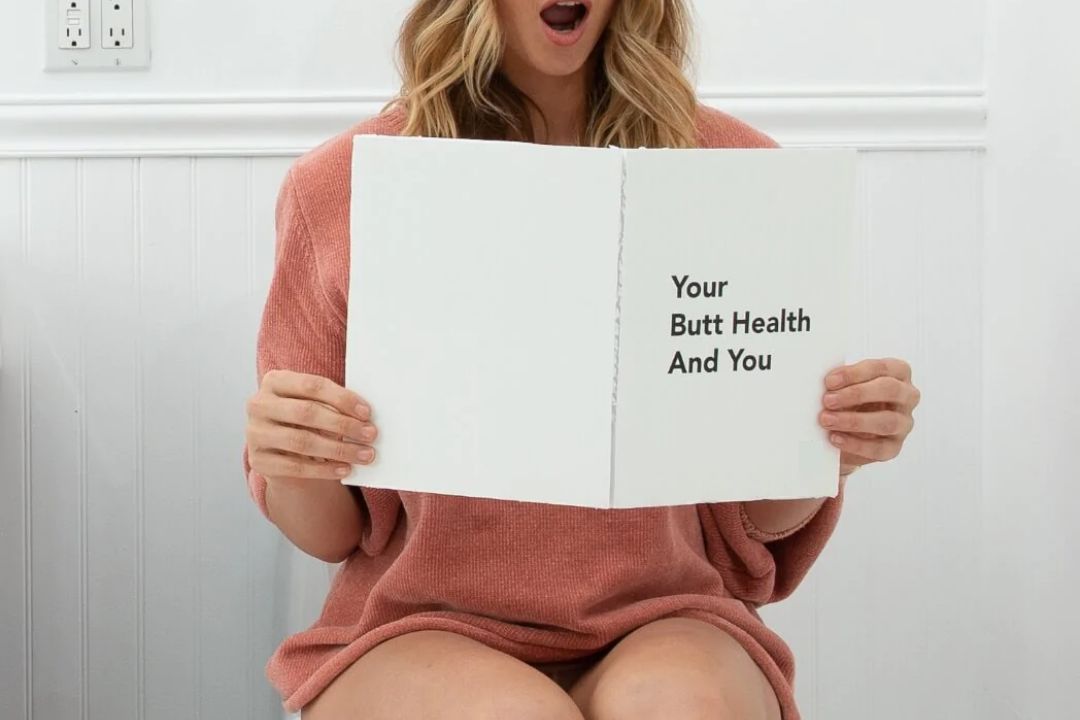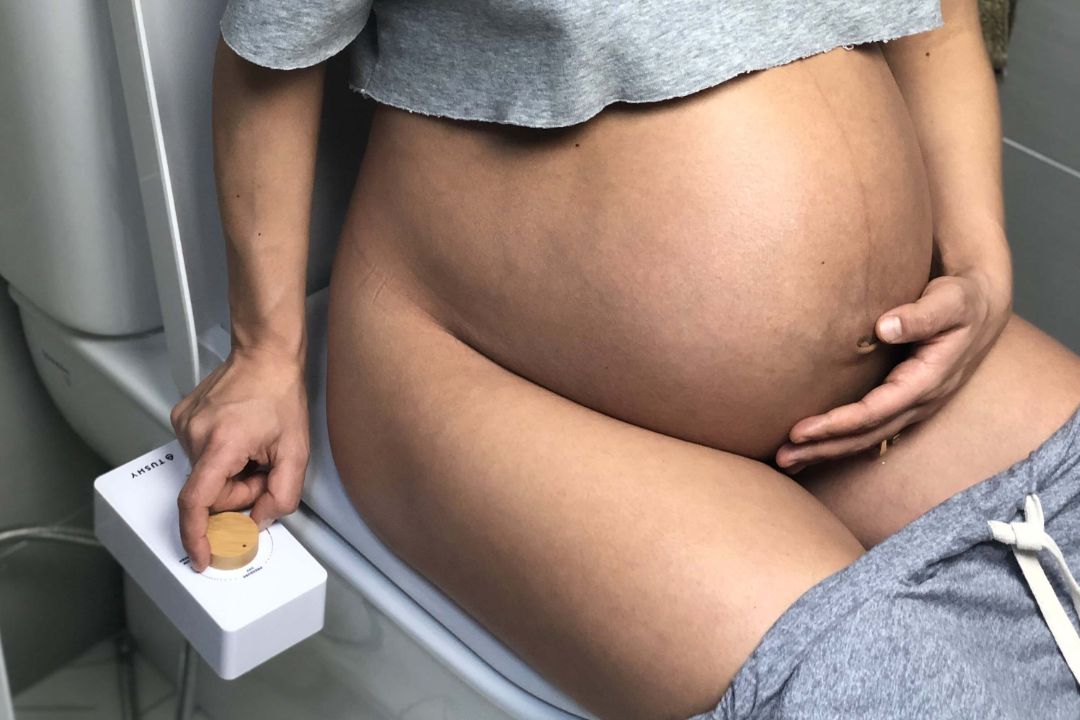Table of Contents
What is a bidet?
A bidet – is a small bathroom fixture that is used to clean the genital and anal areas after using the toilet. There are many different designs of bidets, but they all work in essentially the same way by spraying a stream of water on the genitals and/or anus. The water cleanses the area and helps to remove any feces or urine that may be present.
Most bidets have a sprayer that is controlled by a lever or knob. The user activates the bidet by pressing a button or turning the knob. This causes water to be sprayed from the nozzle in a gentle stream. Most bidets have two nozzles: front nozzle to wash your vulva and clitoris and the back nozzle to clean your anus.
There are many different types of bidets available on the market. Some attach to the side of the toilet bowl, while others are stand-alone units. Most bidets have adjustable settings so that you can control the pressure and temperature of the water. Some bidets have a built-in heating element to keep the water warm. Some bidets even come with a drying function to help you stay clean and dry after using them.
How does a bidet work for women?
 Bidets are often thought of as a hygiene product for women, but they can be used by anyone. Most bidets are designed for use by people of all genders, some women find them especially useful. Here’s how they use them:
Bidets are often thought of as a hygiene product for women, but they can be used by anyone. Most bidets are designed for use by people of all genders, some women find them especially useful. Here’s how they use them:
Most women use bidets in a similar way to men. They use the stream of water to clean their genitals and anus. Some women also use the bidet to wash their vulva (the external parts of the female reproductive system).
Some women use bidets for “frontal cleansing.” This means they position themselves so that the stream of water hits their stomach, chest, and underarms. This can be helpful for women who have trouble reaching these areas when showering.
Bidets can provide a more thorough clean than toilet paper alone, and many people find them to be more comfortable and hygienic.
How do bidets support a woman’s basic hygiene?
There are many benefits of using a bidet, but one of the most important benefits is that it supports a woman’s basic hygiene. Many women find bidets more comfortable and convenient than using toilet paper.
By using a bidet, women can remove harsh soaps and chemicals on their delicate skin. Additionally, bidets can help remove any residual feces or urine that may be remaining after using the toilet. This ensures that women are clean and free from bacteria before they leave the bathroom. This is especially important for women because we have more sensitive skin in our genital area than men do.
Bidets can be very beneficial for women, as they can help to prevent UTIs, yeast infections, and even hemorrhoids. Bidets can also help to make sex more enjoyable by making sure that the area is clean before and after sex. By using a bidet, women can cleanse their vaginas of any bacteria that may have been introduced during intercourse. This helps to keep the vagina healthy and free from infection.
Bidets can be very beneficial for women, particularly during pregnancy or after childbirth when perineal recovering guidelines recommend using them for cleansing purposes. In addition, women who experience urinary incontinence or other genital health issues may find that using a bidet helps to keep their area clean and free from infection. Bidets are a great way for women to maintain basic hygiene.
Bidets are often thought of as being primarily for women, but they can be used by anyone. In fact, many hospitals and nursing homes now use them for patients who cannot wipe themselves after using the toilet. This is because bidets provide a much more thorough cleaning than toilet paper alone.
Overall, bidets are an extremely beneficial tool for women to use in order to maintain good hygiene.
Are bidets safe for women during pregnancy?
 Pregnant women have enough to worry about without wondering if using a bidet is safe. But rest assured, experts say bidets are perfectly fine to use during pregnancy.
Pregnant women have enough to worry about without wondering if using a bidet is safe. But rest assured, experts say bidets are perfectly fine to use during pregnancy.
“Bidets are actually very useful during pregnancy,” says Dr. Mary Jane Minkin, an obstetrician and gynecologist at Yale University School of Medicine. “They can help pregnant women avoid UTIs by keeping the perineal area clean.”
Dr. Minkin advises pregnant women to use a bidet with caution, however. “Do not use a bidet if you have any cuts or open sores in the genital area, as this could increase your risk for infection,” she says.
Other experts say that using a bidet may help pregnant women avoid yeast infections.
Here are a few things to keep in mind when using a bidet during pregnancy:
- Always use a clean, soft towel to dry yourself off after using the bidet.
- Avoid using scented soaps or bubble baths when cleansing your perineal area. These can cause irritation and increase the risk of infection.
- If you experience any discomfort while using the bidet, stop immediately and consult your healthcare provider.
How to make toilet visits more comfortable?
One way to make your toilet visits more comfortable is to use a bidet. A bidet is a device that sprays water on your bottom after you use the toilet. This can help to clean you up and make you feel more comfortable.
Another way to make your toilet visits more comfortable is to use a toilet seat cover. This can help to keep your bottom clean and dry.
If you’re someone who struggles with going to the bathroom, you’re not alone. Many people find it difficult to relax and let their bodies do what they need to do in order to relieve themselves. Fortunately, there are some things you can do to make your toilet visits more comfortable.
Here are a few tips:
- Be sure to choose the right toilet seat. Once you’ve found the perfect seat, it’s time to focus on your posture.
- Make sure you have everything you need before you sit down. This includes toilet paper, wipes, hand sanitizer and anything else that will help you feel clean and comfortable.
- Take your time. Don’t rush yourself or try to hurry through the process. Relax and give yourself enough time to do what you need to do.
- Breathe deeply and focus on relaxing your muscles. This will help your body do what it needs to do more easily.
- Visualize something calming or pleasant to help take your mind off of what you’re doing.
- Listen to music or audio books if it helps you relax and focus elsewhere.
Can women use a bidet during pregnancy and postpartum?
During pregnancy, women go through a lot of changes. Their bodies grow and change to accommodate their growing baby. This can cause some discomforts, like backaches and swollen feet. When it comes to using the bathroom, pregnant women may find that they need to pee more often and may have trouble wiping themselves after using the toilet. A bidet can help pregnant women with these issues by providing a gentle stream of water to cleanse their perineal area after going to the bathroom.
After giving birth, many women experience vaginal bleeding (lochia) for up to six weeks postpartum. This can make it difficult and messy to wipe oneself after using the toilet. A bidet can provide much-needed relief for postpartum women during this time by cleansing their perineal area without them having to put any effort into it.
Bidets are becoming increasingly popular in North America as people learn about the many benefits of using them. For pregnant women and new mothers, bidets offer a convenient and hygienic way to cleanse after using the restroom.
There are no risks associated with using a bidet during pregnancy or postpartum. In fact, bidets can actually help reduce the risk of urinary tract infections (UTIs), which are common during pregnancy.
Bidets can be used as often as needed, and there is no need to worry about oversaturating the area with water. Simply use the bidet to rinse off after going to the bathroom, and then dry off with a clean towel.
